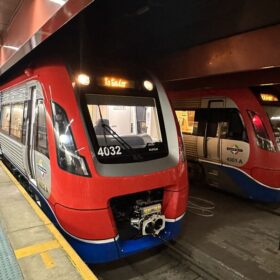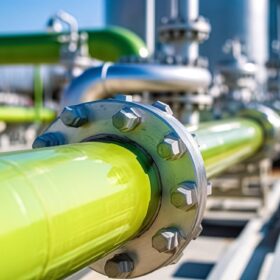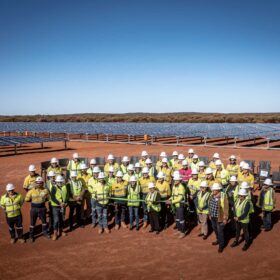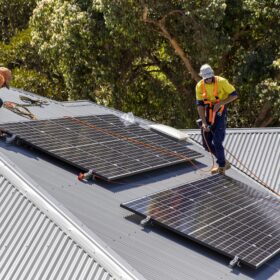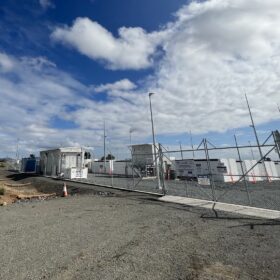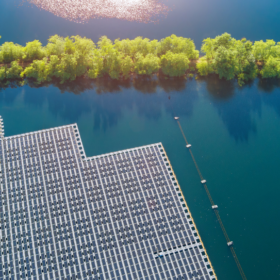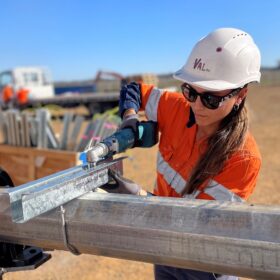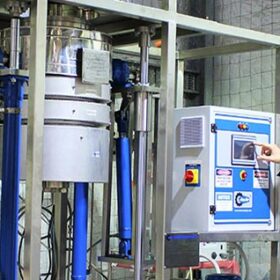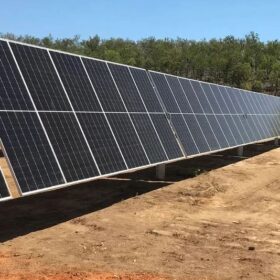Electric train steers South Australia toward net zero milestone
South Australia’s planned transition to a zero-emissions public transport system has reached a major milestone with the electrification of the passenger rail line between Adelaide’s CBD and Gawler in the north now complete.
Green hydrogen offtakers can shape industry’s development
With strong government backing; a systems approach to development that views each component of hydrogen production and delivery as a whole; and growing demand, Australia could be on track for a commercially viable green hydrogen industry by 2030.
Pacific flicks switch on 6 MW solar farm as hybrid plant powers up
Australian renewables company Pacific Energy has powered up the first of four solar-fuelled hybrid power plants being rolled out at Westgold Resources’ mining operations in Western Australia.
Switch to all electric tipped to save households $4,320 a year
Australian households that make the shift to all-electric energy-efficient appliances, combined with solar panels, battery storage and electric vehicles, could save $3,500 a year by 2030 and $4,320 by 2050 compared with a fossil-fuelled household that relies on gas appliances and petrol or diesel vehicles.
Battery capacity overtakes pumped hydro in NEM
The energisation of two new battery projects totalling a combined 150 MW has seen the charging capacity from grid-scale battery energy storage systems surpass that of pumped hydro in Australia’s national grid.
ACEN eyes company first with 1 GW floating solar project
Energy giant ACEN Corporation plans to develop a large-scale floating solar project that will add up to 1 GW of power capacity to its renewable energy portfolio after securing access to 800 hectares of water surface area on the Philippines’ Laguna Lake.
CSIRO to source 5 MW of flexible demand in smart buildings project
Australia’s national science agency will lead a ‘smart buildings’ pilot project that has the potential to create a new ecosystem of technologies and solutions to support flexible demand for energy, offering a way to ease pressure on the grid during peak demand periods.
Australian EPC calls for female workforce boost to address skills shortage
As the nation looks to foster the perfect conditions for a successful renewable transition, overwhelming attention is being paid to the number of new energy developments and the viability of transmission infrastructure to deliver it to Australian homes. Far less publicised are the practicalities of how the infrastructure will be developed and by whom.
Battery tech company teams with miner on lithium project
Mining heavyweight Mineral Resources has signed a deal to progress Lithium Australia’s lithium extraction technology by funding the development and operation of a pilot plant that would produce lithium iron phosphate to be used in electric vehicle batteries.
Jacana calls for supply of large-scale solar in the Territory
The Northern Territory’s largest energy retailer is seeking expressions of interest from local, national and international proponents for the supply of up to 100 MW of large-scale solar for the Darwin-Katherine electricity grid.
